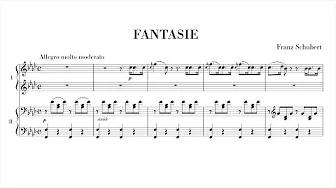Superstar Duet in Eta Carinae
A gem from NASA Astrophysics. Eta Carinae is a binary system containing the most luminous and massive star within 10,000 light-years. A long-term study combined data from NASA satellites, ground-based observing campaigns and theoretical modeling to produce the most comprehensive picture of Eta Carinae to date. New findings include Hubble Space Telescope images that show decade-old shells of ionized gas racing away from the largest star at a million miles an hour, and new 3-D models that reveal never-before-seen features of the stars interactions. Located about 7,500 light-years away in the southern constellation of Carina, Eta Carinae is actually two massive stars whose eccentric orbits bring them close every 5.5 years. Both produce powerful stellar winds, which enshroud the stars and stymy efforts to directly measure their properties. Astronomers have established that the brighter, cooler primary star has about 90 times the mass of the sun and outshines it by 5 million times. Its smaller, hotter companion weighs in at about 30 solar masses and emits a million times the sun s light. At closest approach, or periastron, the stars are 225 million kilometers apart, or about the average distance between Mars and the sun. Astronomers observe dramatic changes in the system during the months before and after periastron. These include an ebb and flow of X-ray light; the disappearance and re-emergence of structures near the stars detected at specific wavelengths of visible light; and even a play of light and shadow as the smaller star swings around the primary. During the past 11 years, spanning three periastron passages, a NASA group has developed a model based on routine observations of the stars using ground-based telescopes and satellites. According to this model, tthe winds from each star have markedly different properties: thick and slow for the primary, lean and fast for the hotter companion. The primary s wind is especially dense, carrying away the equivalent mass of our sun every thousand years. By contrast, the companion s wind carries off about 100 times less material than the primary s, but it races outward as much as six times faster.




















